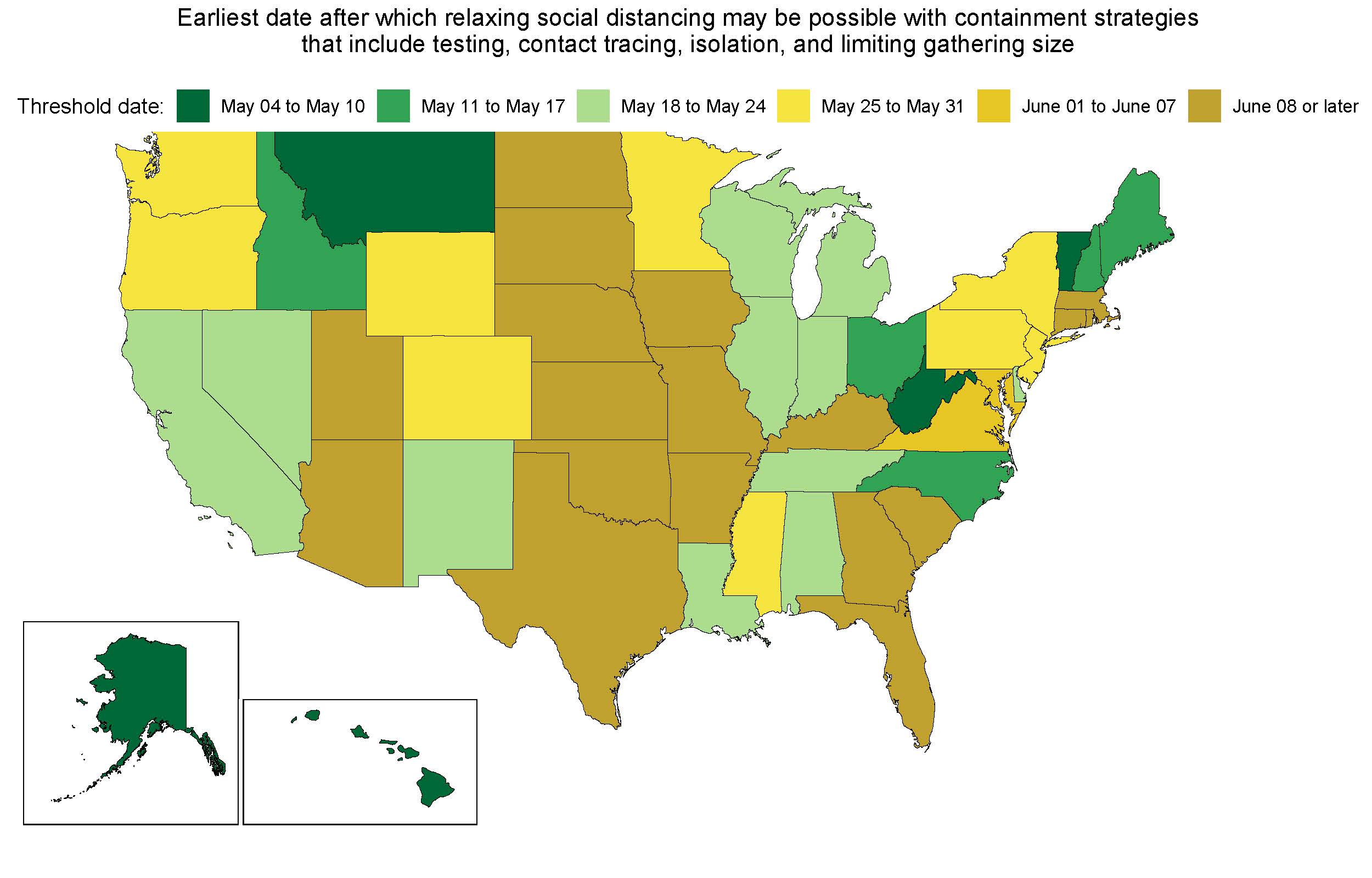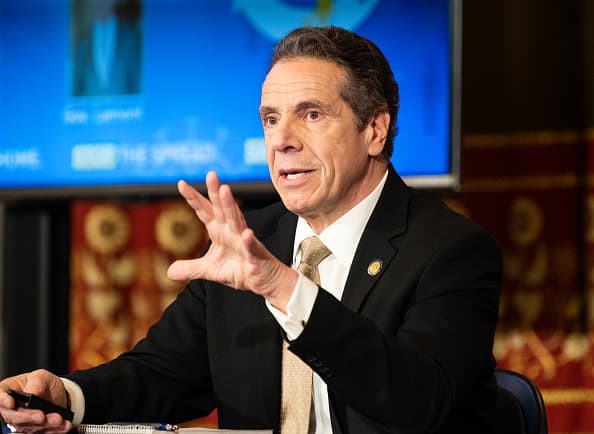trainplane3
Well-Known Member
In the new Flight Simulator you can. Mostly at least.It was real tiny though and the missiles wouldn’t fire ...
...wait! Are you saying I could have flown a Cessna off my roof?!?
Damn.
In the new Flight Simulator you can. Mostly at least.It was real tiny though and the missiles wouldn’t fire ...
...wait! Are you saying I could have flown a Cessna off my roof?!?
Damn.
I agree, states can do what GA did and just flat out ignore the recommendations. They are beginning to open things 6 weeks ahead of the suggestion from that model. There’s no reason to believe FL will actually wait until June 8th or later just because the model says to. If they did WDW wouldn’t open until August at the earliest IMHO.If you take the (quite conservative) suggestion from the modelers. States can use the data and make their own decisions that are either more or less conservative.
So New York and New Jersey can relax social distancing sooner than Florida? I'm not buying that. I'm not arguing that Florida should be moved up but it seems that, at a minimum, NY and NJ should be in the same date range as FL. The NYC metro area has almost half of all cases in the U.S.

Latest IHME COVID-19 model pushes easing of social distancing restrictions for Florida further into June
Forecasting the containment of the virus is a fluid situation, and timelines have already moved 14 days in just the last few days.www.wdwmagic.com
It was real tiny though and the missiles wouldn’t fire ...
...wait! Are you saying I could have flown a Cessna off my roof?!?
Damn.
No, they've been wrong. The IMHE was consistently outside of the 95% confidence intervals early on, although it's been slightly better as they've been incorporating new/actual data. In order to build an accurate model, you need good data. The problem is we don't have much of that right now. Their methodology has not been made public, but they are clearly including variables related to the impacts of social distancing. Do you believe that we can currently measure the impact of social distancing? Let's remember that they're also making these projections at the state level. That means, they really need a variable or a proxy variable to represent the impact of social distancing in a given state. Maybe it's the best we can currently do, but that doesn't change the fact that forecasting at the national level, much less the state level, is currently a near impossible task.
So you’re saying they couldn’t build the model without the data, there was no data, so how could they build the model wrong?
I don’t know...I get your points but I think it’s semantics...
Raw counts were way high...but the curves/trajectories have been still close to dead on. That’s what has a practical effect on all of us...does it not?
The lack of use of public transportation and overuse of personal automobiles alone would be enough to significantly throw off any predictive model when comparing the US fo Europe or the Far East...Someone had a link (like 50 pages ago probably) that discussed some of the criticisms of the model from other epidemiologists. I think this was it. The main criticism is that the IHME model takes what happened outside the US and tries to match it to areas in the US. It said typical models of virus spread are based on things like virus susceptibility, exposure levels, and simulated interactions. Apparently the IHME doesn't include any of that. One criticism noted how often the actual numbers fall outside the confidence intervals - 70% of the time.
Someone had a link (like 50 pages ago probably) that discussed some of the criticisms of the model from other epidemiologists. I think this was it. The main criticism is that the IHME model takes what happened outside the US and tries to match it to areas in the US. It said typical models of virus spread are based on things like virus susceptibility, exposure levels, and simulated interactions. Apparently the IHME doesn't include any of that. One criticism noted how often the actual numbers fall outside the confidence intervals - 70% of the time.
The models.. or the data.. or the experts for the most part agree.
Disagree...”experts” have knowledge, education or experience that make them the best choices to make these predictions.There's that word "expert" again.
Being an "expert" on the unknown makes for something wholly unreliable.
Amen...fortunately Mom will save us allI don't think we should necessarily be looking to attempt to discredit scientists and the work they do. Like you said, I support the exchange of reasonable thoughts and ideas. I love debate, but these boards have gotten pretty ridiculous over the past couple of days. It's hard to post idea without getting attacked.
This basically rules out any June opening at all
But I think you agree if the models - even if somewhat blind - hadn’t been thrown together...the tallies and body count would be quite a bit worse.
Italy really did the world a “service” by getting crushed...they scared theout of the developed world. The Chinese not so much.
Sometimes good lessons are learned from bad situations. It’s a key part of the human experience.

It’s an interesting study, but the only thing I wonder about is how random the sample is. I know I would be a lot more likely to try to get tested for anti-bodies if I got sick with corona virus type symptoms but were not allowed to be tested.New study suggests 2.7 million New Yorkers had the virus.

New York antibody study estimates 13.9% of residents have had the coronavirus, Gov. Cuomo says
The state's mortality rates remains persistently high at about 7.4%. The antibody testing indicates the actual death rate may be far lower.www.cnbc.com
New study suggests 2.7 million New Yorkers had the virus.

New York antibody study estimates 13.9% of residents have had the coronavirus, Gov. Cuomo says
The state's mortality rates remains persistently high at about 7.4%. The antibody testing indicates the actual death rate may be far lower.www.cnbc.com
It’s an interesting study, but the only thing I wonder about is how random the sample is. I know I would be a lot more likely to try to get tested for anti-bodies if I got sick with corona virus type symptoms but were not allowed to be tested.
I can speak to this. A few days ago in Staten Island, NY (part of NYC) randomly a pop up center for testing made the local newspaper here. You werent allowed to call in to request testing, they were just randomly selecting people at a local Met Supermarket to be tested. So I think they are trying to get as diverse a sampling as possible. MarieIt’s an interesting study, but the only thing I wonder about is how random the sample is. I know I would be a lot more likely to try to get tested for anti-bodies if I got sick with corona virus type symptoms but were not allowed to be tested.
Good question. that article said "randomly at grocery stores and shopping locations". On one hand I agree that someone that had been sick and not tested would likely seek it out. but if they were randomly sampling people by asking at a grocery store, I'd think that most would respond "yes" whether they have been sick or not.
Maybe missed this being posted but preliminary results out for New York State antibody testing. 3000 tests done. 13.9% positive for antibodies. If these numbers hold, mortality rate would be below 1%.
Register on WDWMAGIC. This sidebar will go away, and you'll see fewer ads.